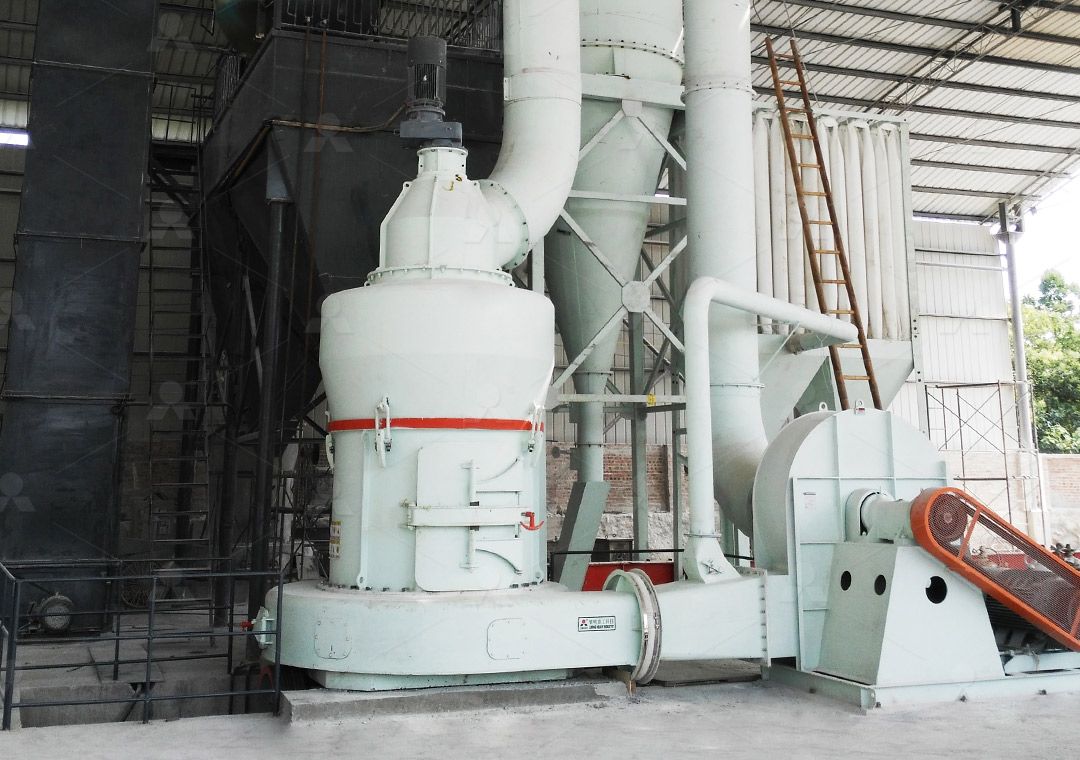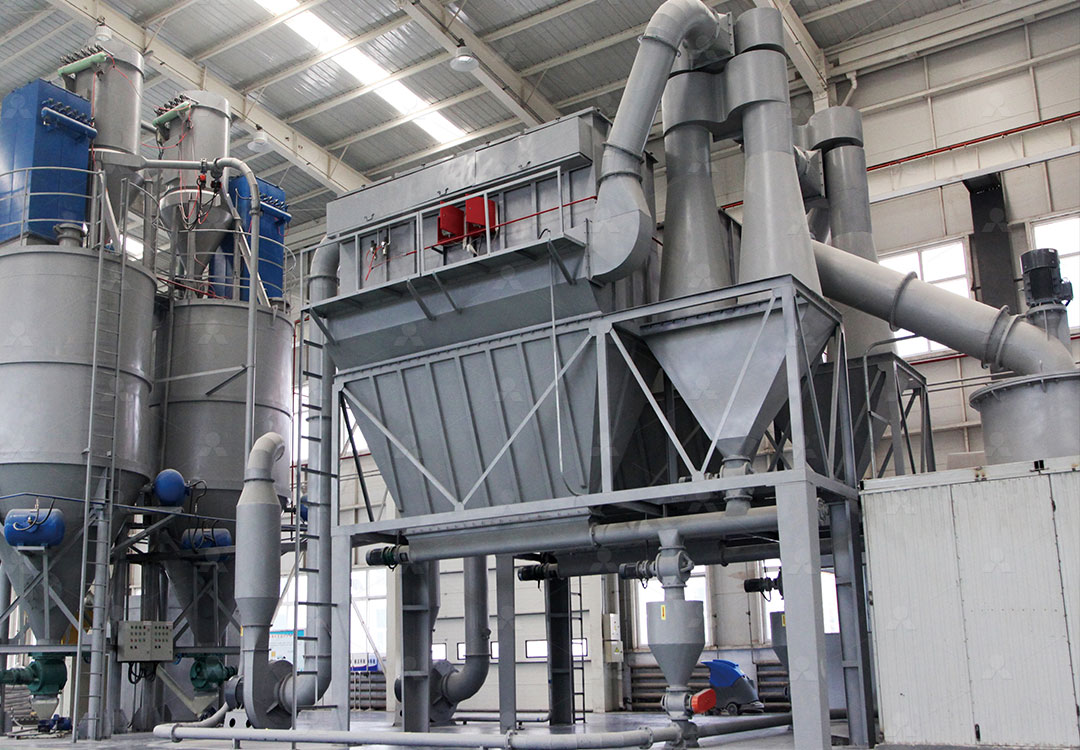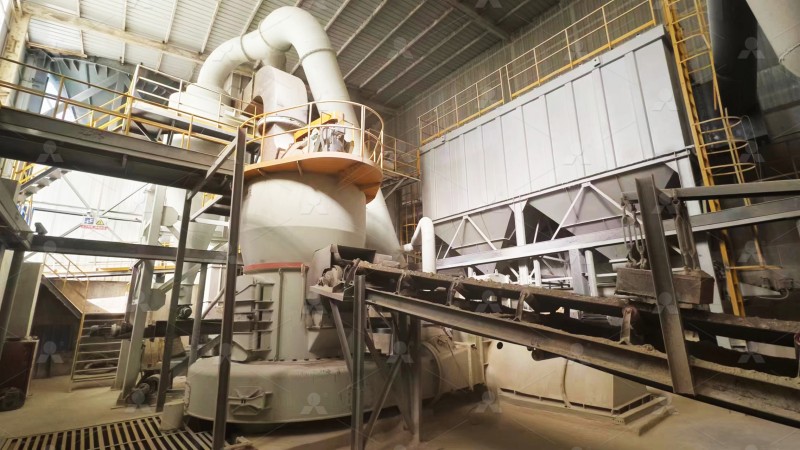Raymond Mill 160 Model: Complete Technical Specifications and Price Guide
Raymond Mill 160 Model: Complete Technical Specifications and Price Guide
When it comes to industrial grinding solutions, the Raymond Mill 160 model remains one of the most sought-after workhorses in mineral processing operations worldwide. Having personally worked with this equipment across multiple projects, I can attest to its reliability and consistent performance in handling medium-hard materials with precision.
The Raymond Mill 160 represents the evolution of traditional grinding technology, building upon the proven principles of the original Raymond mill design while incorporating modern enhancements for improved efficiency and operational stability. What sets this model apart is its balanced approach to productivity and energy conservation – a crucial consideration in today’s cost-conscious industrial landscape.

Technical Specifications Breakdown
Let me walk you through the key technical aspects that make the Raymond Mill 160 stand out. The mill handles an input size of up to 25mm with a grinding capacity ranging from 0.6 to 5 tons per hour, depending on material characteristics and final fineness requirements. The finished product size can be adjusted between 80-400 mesh, providing flexibility for various application needs.
The grinding roller assembly features a unique design with multiple rollers applying centrifugal force against the grinding ring. This configuration creates a consistent grinding bed that ensures uniform particle size distribution. The integral fan system creates the necessary airflow for material transport and classification, while the built-in cyclone collector efficiently separates the final product from the air stream.
From my field experience, the maintenance accessibility of the Raymond Mill 160 deserves special mention. The strategic placement of inspection doors and the modular design of wear components significantly reduce downtime during routine maintenance or part replacement. The grinding rollers and rings, manufactured from high-chromium alloy steel, typically demonstrate excellent wear resistance, lasting 1.5-2 times longer than conventional materials in similar applications.
Modern Alternatives: When to Consider Advanced Solutions
While the Raymond Mill 160 excels in many standard grinding applications, operations requiring ultra-fine powders or handling specialized materials might benefit from considering more advanced grinding technologies. In our product lineup, we’ve developed solutions that address specific challenges beyond the capabilities of traditional Raymond mills.

For operations demanding ultra-fine powders between 325-2500 meshes, our MW Ultrafine Grinding Mill represents a significant technological leap. I’ve personally supervised installations where this equipment achieved remarkable results with materials like calcium carbonate, talc, and barite. The MW series incorporates German cage-type powder selector technology that provides unprecedented classification precision. What impressed me most during field testing was the complete absence of rolling bearings and screws in the grinding chamber – this design eliminates common failure points and allows continuous 24-hour operation without lubrication shutdowns.
The environmental performance of the MW Ultrafine Grinding Mill deserves particular attention. The integrated pulse dust collector and muffler system effectively contains dust and reduces noise to levels compliant with stringent international environmental standards. In one installation I consulted on, the client reported dust emissions reduced by 98% compared to their previous grinding setup while achieving 40% higher production capacity than conventional jet mills with equivalent power consumption.
Another standout in our portfolio is the LUM Ultrafine Vertical Grinding Mill, which combines Taiwanese grinding roller technology with German powder separating innovations. Having witnessed this mill in operation at multiple client sites, I can confirm its energy consumption runs 30-50% lower than conventional mills while maintaining exceptional product quality. The reversible structure design makes maintenance remarkably straightforward – operators can easily move grinding rollers out of the body for inspection or replacement, minimizing production interruptions.
Investment Considerations and Operational Economics
The pricing for a Raymond Mill 160 system typically ranges between $85,000 and $150,000, depending on configuration options and ancillary equipment. This investment must be evaluated against operational costs, maintenance requirements, and production targets. In many cases, conducting material tests with your specific feedstock provides the most accurate assessment of which grinding solution delivers optimal economics for your operation.

From my two decades in this industry, I’ve observed that the most successful operations match their equipment selection to both current needs and future expansion plans. The Raymond Mill 160 continues to serve admirably in applications where its capacity and fineness range align with production requirements. However, operations targeting higher efficiency, finer products, or specialized materials should seriously consider the advanced capabilities of our MW and LUM series mills.
Frequently Asked Questions
What is the typical power consumption of the Raymond Mill 160?
The main motor typically ranges from 75-132 kW, with total system power consumption between 150-250 kW depending on material hardness and target fineness.
How does the MW Ultrafine Grinding Mill achieve higher efficiency?
The MW series incorporates newly designed grinding curves and advanced powder selection technology that increases grinding efficiency while reducing system energy consumption by up to 30% compared to conventional mills.
What materials are suitable for the LUM Ultrafine Vertical Grinding Mill?
The LUM excels with non-metallic minerals including limestone, calcite, dolomite, petroleum coal, gypsum, barite, marble, and talc, producing superfine dry powder with exceptional whiteness and cleanliness.
What maintenance intervals can we expect with these grinding mills?
Regular maintenance typically occurs every 6-12 months for routine inspections, with major overhauls every 2-3 years depending on operating hours and material abrasiveness.
Do you provide technical support and spare parts?
Yes, we maintain comprehensive technical support services and ensure sufficient supply of original spare parts to guarantee worry-free operation throughout the equipment lifecycle.
